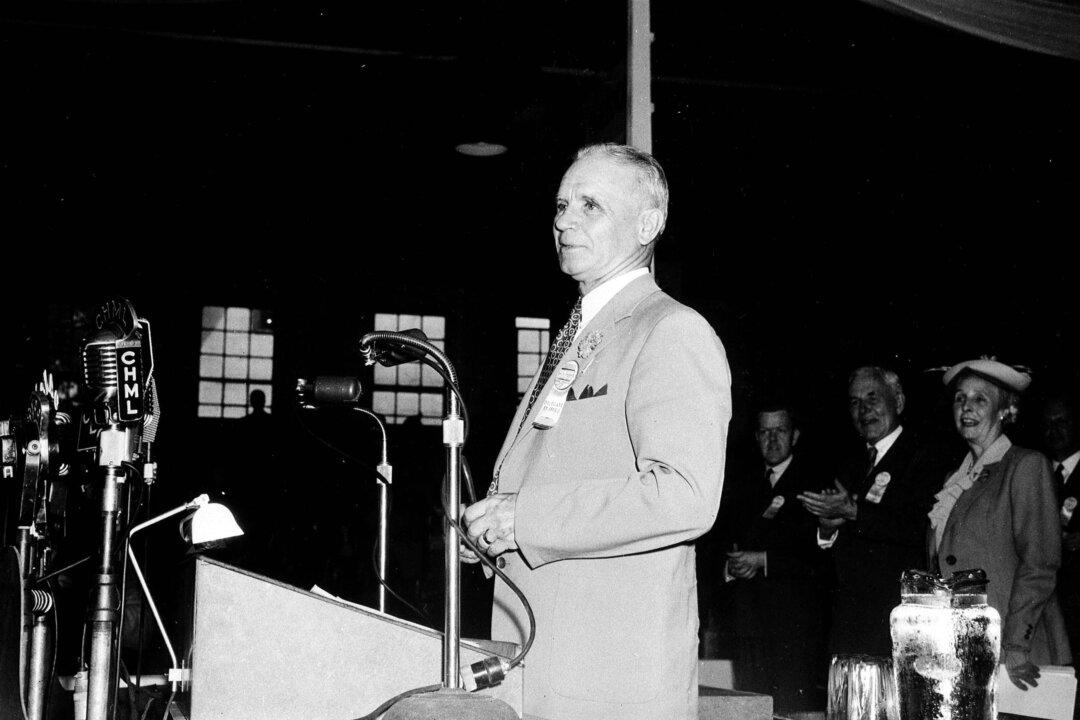Commentary
Why did Canada’s national Conservative Party once have the paradoxical name of “Progressive Conservative,” as do most provincial Tory parties to this day?

Why did Canada’s national Conservative Party once have the paradoxical name of “Progressive Conservative,” as do most provincial Tory parties to this day?